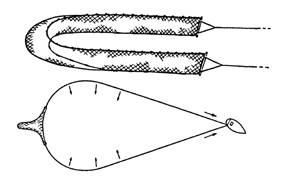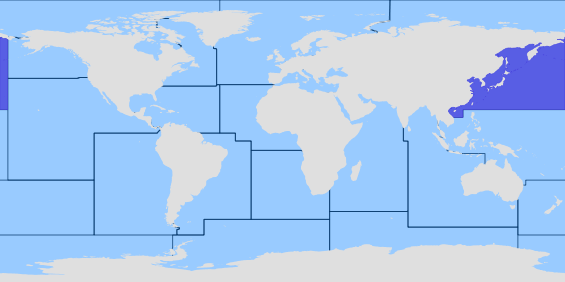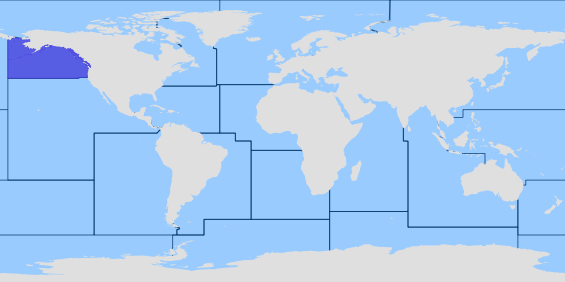angličtinaDistinguished uniquely from its congeners in Europe by having trunk and caudal peduncle covered by a complete series of 29-35 bony scutes. Other characters important to separate this species from other species of the genus include posterior edge of scutes crenulated and scutes forming a lateral keel on caudal peduncle. Scutes may be missing on posterior part of trunk in hybrid zone with Gasterosteus gymnurus and in some isolated freshwater populations of northeastern Europe (Ref. 59043). Identified by the 3 to 4 sharp, free spines before the dorsal fin, the pelvic fin reduced to a sharp spine and a small ray, and the series of plates along the sides of the body (Ref. 27547). Gill rakers long and slender, 17 to 25 on the first arch or strictly freshwater forms, 1 or 2 more in anadromous forms; lateral line with microscopic pores (Ref. 27547). The anadromous form is fully plated, with up to 37 plates on the sides and a rather pronounced keel on each side of the caudal peduncle (Ref. 27547). Dorsal spines separated from each other and from the soft-rayed fins, each spine having a reduced membrane attached to its posterior side; anal spine free from rest of the fin; posterior margin of pectorals nearly truncate; caudal truncate to slightly indented (Ref. 27547). Freshwater forms usually mottled brown or greenish; anadromous forms silvery green to bluish black (Ref. 27547). A few isolated populations are black (Ref. 27547). Sides usually pale; belly yellow, white or silvery (Ref. 27547). Fins pale; pectoral rays often have dark dots (Ref. 27547). Breeding males (except for black forms) become brilliant bluish or green with blue or green eyes, and the forward part of the body, especially the breast region, turns bright red or orange (Ref. 27547). Caudal fin with 12 rays (Ref. 2196).
Zobrazit překlad
Přeloženo z jazyka angličtina službou BING
Tento překlad je čistě orientační: z důvodu nízké kvality zdrojového textu jsou morfologické popisy k dispozici pouze v angličtině v BETA verzi systému. Informace ve více jazycích budou k dispozici v následujících vydáních.
češtinaJednoznačně odlišit od jeho kongenery v Evropě tím, že trup a ocasní stopky vztahuje ucelenou řadu 29-35 bony scutes. Jiné znaky, které jsou důležité pro oddělení tohoto druhu od jiných druhů rodu patří zadní hraně přizpůsobeny spíše scutes a scutes tvořící laterální kýlu na ocasní stopky. Scutes mohou chybět na zadní části trupu v hybridní zóna s Gasterosteus gymnurus a v některých izolovaných sladkovodní populace severovýchodní Evropy (Ref. 59043). Identifikované 3 až 4 ostré, bez ostnů před hřbetní ploutev, pánevní fin snížena na ostré páteře a malá a řady desek po stranách těla (Ref. 27547). Gille rakers dlouhé a štíhlé, 17 až 25 na první oblouk nebo přísně sladkovodní formy, 1 nebo 2 v anadromní formách; postranní čára s mikroskopickými póry (Ref. 27547). Anadromní forma je plně pokovené, až 37 talíře na stranách a poměrně výrazným kýlem na každé straně ocasní stopky (Ref. 27547). Hřbetní ostny oddělené od sebe navzájem i od Ludka měkké ploutve, každá páteř mají sníženou membránu připojenou k zadní straně; anální páteře bez zbytku fin; zadní okraj prsními ploutvemi, zkrátit téměř; kaudální zkracování na mírně odsazena (Ref. 27547). Sladkovodní formy obvykle strakaté hnědé nebo zelenavě; anadromní formy stříbřitě zelené až namodralá černá (Ref. 27547). Několik izolovaných populací jsou černé (Ref. 27547). Strany zpravidla bledé; břicho žluté, bílé nebo stříbrné (Ref. 27547). Ploutve bledá; prsní paprsky mají často tmavé tečky (Ref. 27547). Chov psů (kromě černé formy) se brilantní, namodralé nebo zelené, modré nebo zelené oči, a přední části těla, zejména oblasti prsu, ukazuje jasně červené nebo oranžové (Ref. 27547). Ocasní ploutev s 12 paprsků (Ref. 2196).














